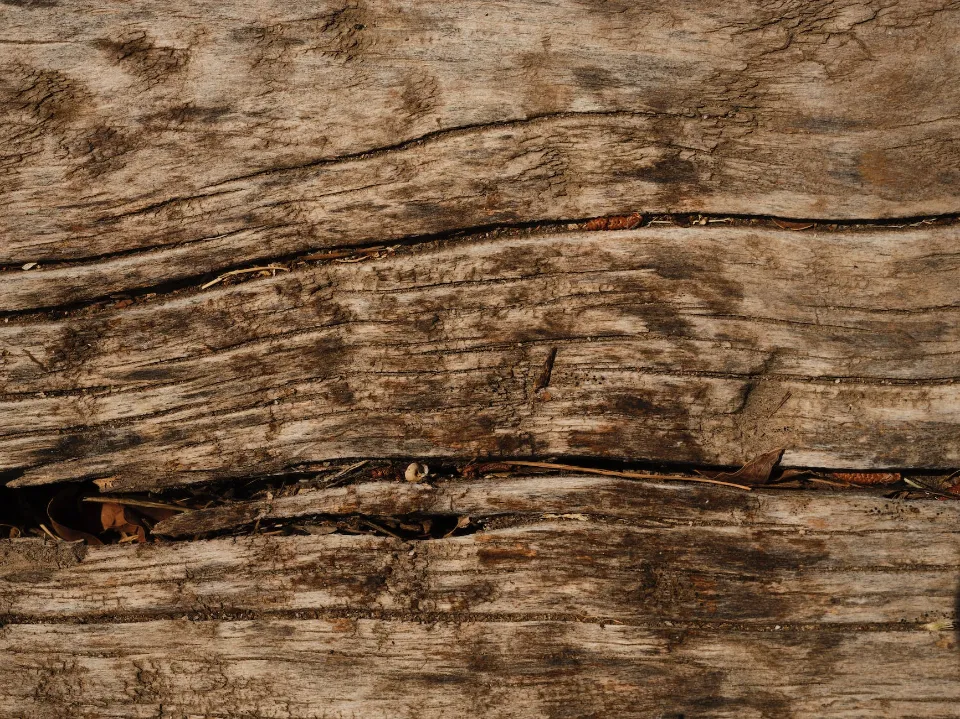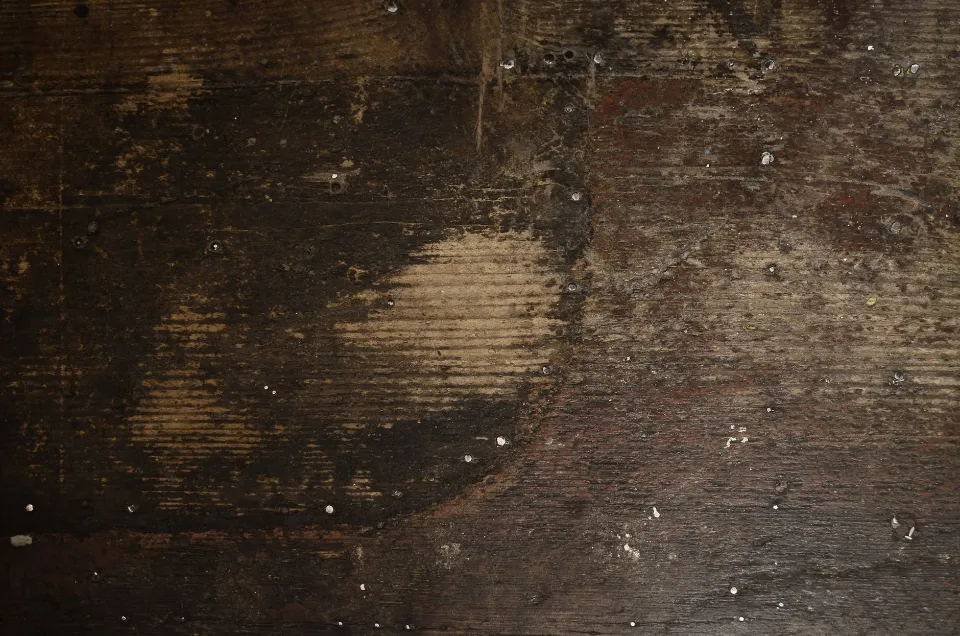
Wood veneer is no different from other types of wood in that it is susceptible to water damage. There are ways to restore the veneer to its former glory after a water spill in the home. Here, we’ll explain how to fix water-damaged wood veneer if that’s a problem you’re dealing with.
How Can You Tell If Wood Veneer Has Been Damaged by Water?
The telltale signs of water damage on wood veneer can be found in a few places.
Shape Or Texture Change
Water damage to wood veneer can cause the wood to warp, and if it is exposed to it for an extended period of time, the veneer may begin to lift away from the substrate below as the glue loses its ability to adhere. In extreme situations, the veneer may also soften and completely lose its original texture as a result of absorbing too much moisture.
Discoloration and Stains
Water that is spilled on a wood veneer and is not removed right away runs the risk of leaving a stain. This will look darker than the surrounding wood and have its own unique discoloured pattern as salt and minerals are left behind as the water evaporates. Also possible is the appearance of an unsightly white discoloration if the veneer has a finish on the surface.
Growing Mould
Mold can begin to grow on the veneer if there is too much moisture in the space as a result of poor air circulation. The veneer doesn’t have to come into direct contact with water for this to happen, as it is a result of the quality of air, and only by fixing that can you stop the mould from returning after it has been wiped away.
How to Repair Water-Damaged Wood Veneer
There is frequently a good chance that your wood veneer can be repaired without the help of a professional if it has been exposed to water. You should be able to restore it if you remove the water as soon as you can and prevent it from penetrating the wood too deeply.
Step 1: Clean the Veneer
Cleaning the veneer is the first step in any project. Wear gloves for this part because cleaning products will be used. Remove any dirt, dust, or other debris from the veneer by giving it a good brushing.
Next, combine two bleach caps with half a bucket of warm water. Three caps of washing up liquid are then added, and everything is blended. Lightly scrub down the veneer with a scrubbing brush. In order to move on to the next step, let the veneer air dry after rinsing off the soap with fresh, warm water.
Step 2: Stain Removal
Take a soft white sheet and add a little bit of wood furniture cleaner (the product instructions should tell you how much is safe to use). Add a few drops of orange oil to the same spot and using circular motions, rub the sheet onto the veneer stains. As an alternative to orange oil, you could also use mayonnaise or salad dressing. The veneer will need to be sanded and stripped if this doesn’t get rid of the stain from the wood.
Step 3: Sand and Strip the Veneer

You can easily inhale dust when sanding down wood so it’s a good idea to wear a mask during this part of the process. Using a sander with a 220-grit sandpaper and move in the direction of the grain, making sure to also sand the areas that have been affected by the water.
Before applying a chemical stripper to the wood, use a clean paintbrush to remove any dust. Use a knife to scrape away the finish after the chemical agent has settled (check the product instructions to determine how long you should wait).
Step 4: Adding a Varnish
To protect the veneer from further harm, it is a good idea to plan ahead and take some preventative measures. Depending on the surroundings and how much future maintenance you are comfortable with, there are numerous different varnishes that you can use.
Wood is a welcome habitat for small insects, so make sure to choose a varnish that is waterproof and, if at all possible, offers protection against insects. Apply the varnish according to the product’s instructions, which typically call for more than one coat. Pay attention to the drying time as the varnish needs enough time to completely dry before use.
Removing White Water Spots
If white spots have appeared on the veneer after a water spillage, there are a couple of things you can try to remove them.
Most of the time, a liquid furniture polish is sufficient to eradicate the white splotches from the veneer. Alternatively, you can dip a cloth into denatured alcohol and carefully rub away the spots, making sure the existing polish isn’t also removed.
Removing Blushing from Veneer
Blushing has the appearance of white spots and creates a light milky color on the surface. It can take place when moisture gets trapped beneath the finish as a result of prolonged exposure to high humidity levels. If you want to remove blushing, follow these steps:
Step 1: On the veneer’s surface, apply some linseed oil.
Step 2: Carefully buff the surface so it matches the wood grain, before using a clean cloth to wipe it down.
Step 3: It should be restored if the finish has already blushed. Test the finish with denatured alcohol on a small section to determine what type it is currently. The finish is shellac if the alcohol dissolves and it is lacquered if the alcohol does not dissolve.
Step 4: Make the appropriate solvent selection to dissolve the finish and remove it from the veneer.
Step 5: Take a bristle brush and rub it across the veneer, following the grain and then allowing at least 24 hours for the surface to dry.
Can Veneer Furniture Be Refinished?
Refinishing is an option if you want to give your veneer furniture a facelift. You’ll need a chemical stripper to remove the old finish before you can refinish veneer furniture.
It is similar to the earlier mentioned re-amalgamation process. After removing the finish and sanding the veneer, a sealant is applied, followed by varnish. Applying a few coats of polyurethane to the surface is the final step.
How Do You Protect Wood Veneer?
Early water damage avoidance is always a good thing. Here are a few things you can do to prevent water damage to wood veneer.
Desk pads and coasters can be used to safeguard your wood veneer. Some people even decide to give their furniture a glass top. Finally, remember to regularly dust and vacuum your furniture.
Conclusion
Furniture made of veneer is a classic choice. There are ways to repair and refinish veneer to keep it looking as good as new.
Do not worry if it ever gets wet damage. You now know how to fix furniture that has been harmed by water.
